bringing closure
45,000 Union prisoners were held in the Confederate prison at Andersonville, in southwest Georgia, during its fourteen months of operation at the end of the US Civil War.
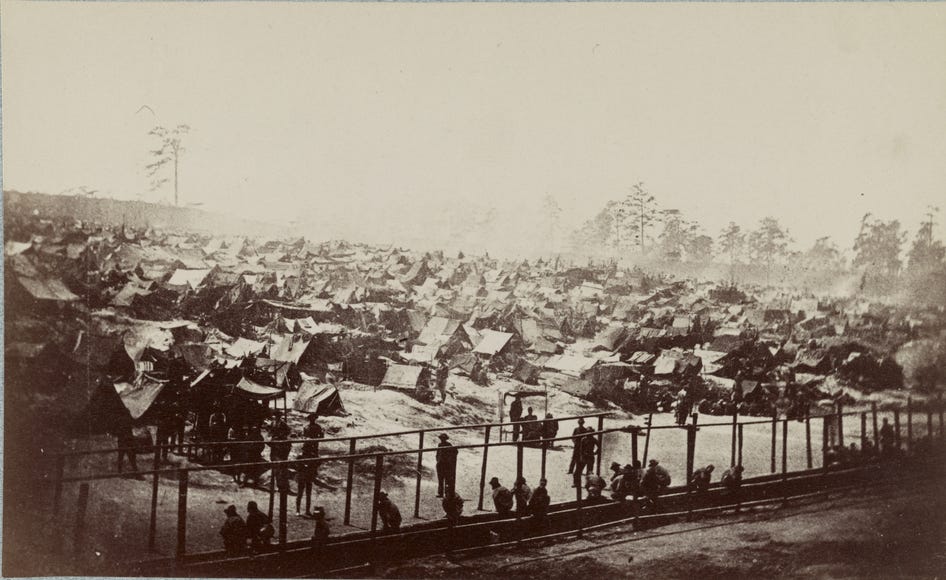
And nineteen-year-old Dorance Atwater, a former store clerk from Terryville, Connecticut, known for his fine handwriting, is considered the most significant.
Dorance arrived in Andersonville in March 1864, after his incarceration in a Confederate prison in Richmond.
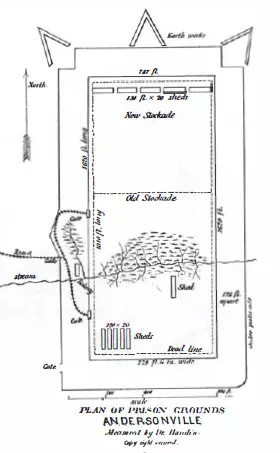
There, he had learned the best guarantee of survival in a Confederate prison was to become a clerk in the prison’s administration.
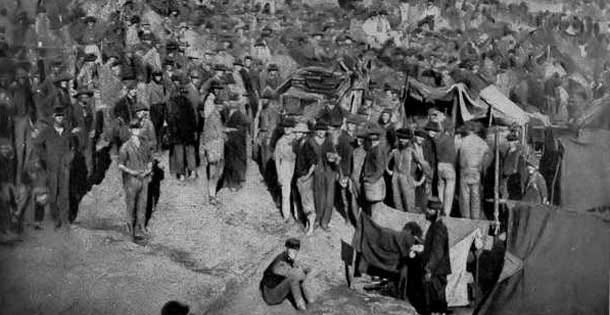
In this capacity, he could be assured of food and clothing and would encounter little risk of execution.
So, at Andersonville, Dorance became a clerk at the prison hospital.
Among his tasks was the maintenance of the prisoner death register which listed the names of all those who died while in custody and were buried on prison grounds.
While prison officials were obligated to turn over this death register to federal officials at the end of the war, Dorance doubted that they would comply.
So, Dorance made a secret copy of the death registry and smuggled it out of Andersonville when he was released.
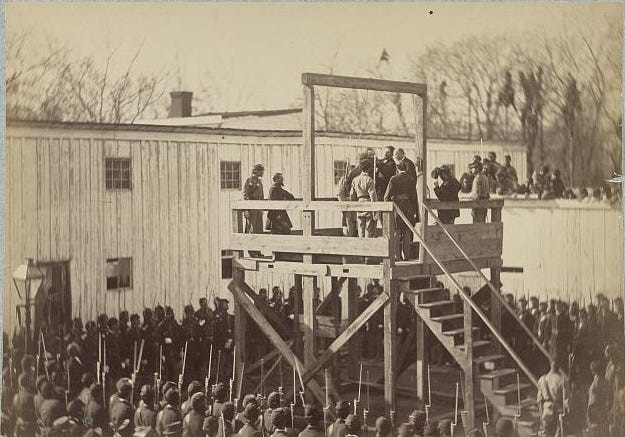
At the war’s end, Dorance notified federal officials of his list.
And, together with nurse Clara Barton, he worked to mark prisoner graves at Andersonville and send letters to families notifying them of the death of their soldier.
This was a sad, but noble achievement.
About three million soldiers served during the Civil War and 620,000 of them were killed.
And half of the war dead lie in unmarked graves.
But, thanks to Dorance, ninety-five percent of the dead of Andersonville have been identified.
Their graves are marked with headstones.
And while untold numbers of soldiers’ next of kin, in the North and the South, waited in vain for years and never learned what had happened to their sons and husband, the families of the Andersonville dead learned the truth.
A cold comfort, but far better than forever hoping for someone to walk through the front door.
******************************
I’ll see you tomorrow.
— Brenda





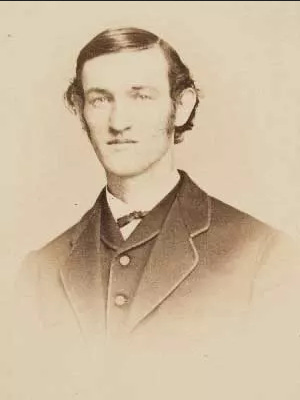
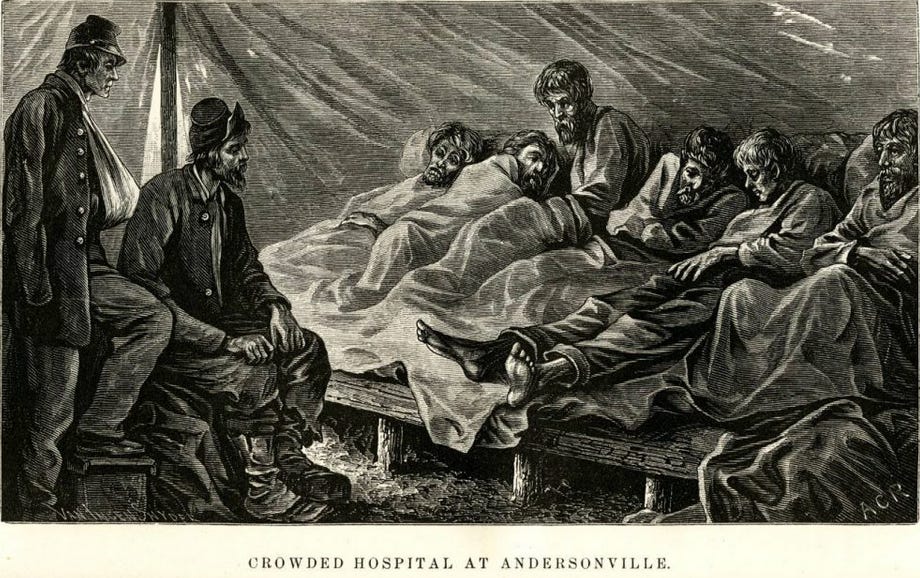
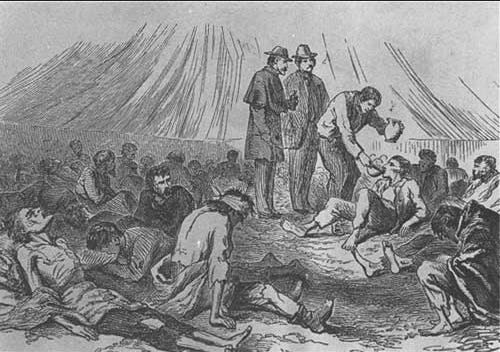
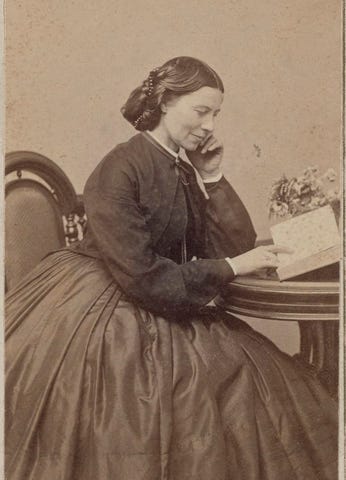
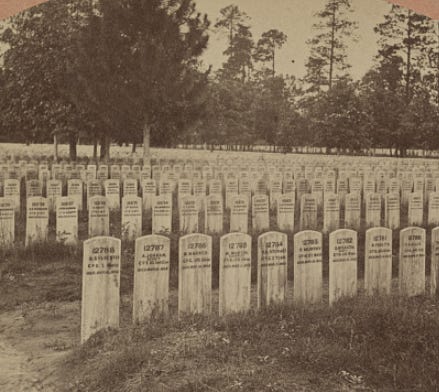
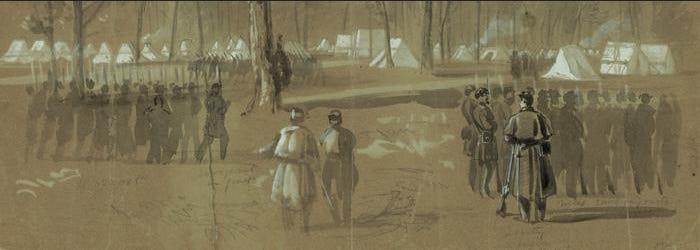


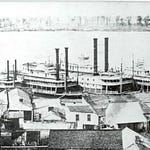
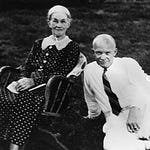
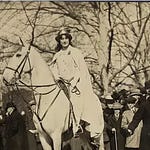

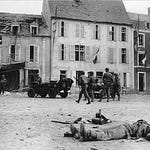
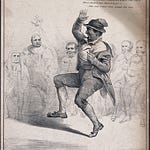


Photo of the Day